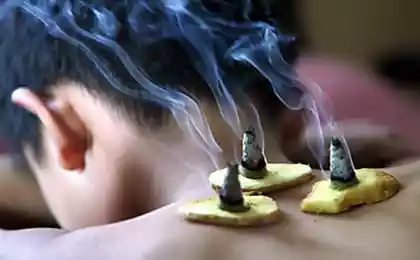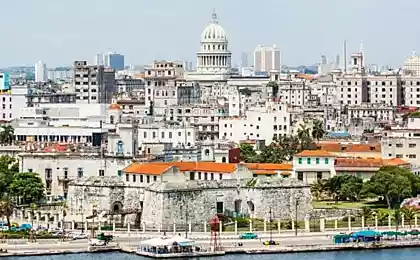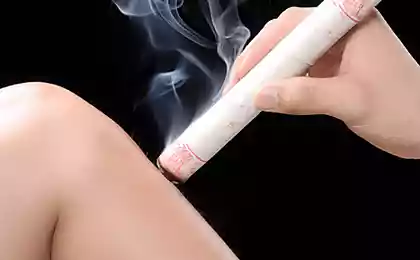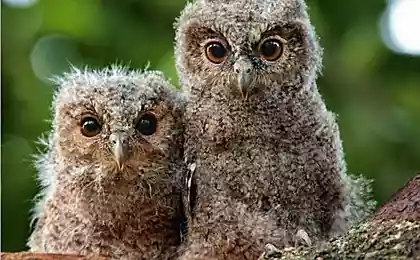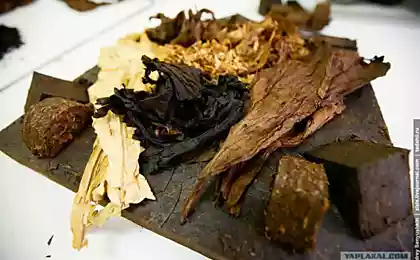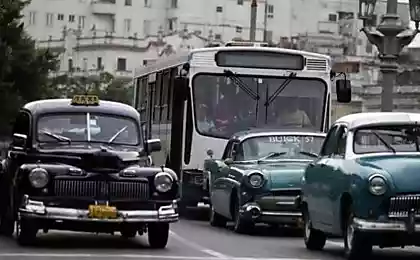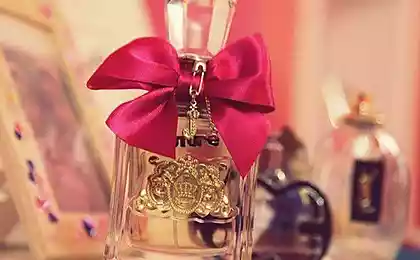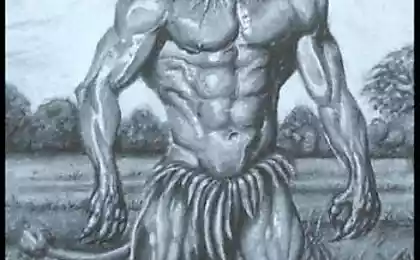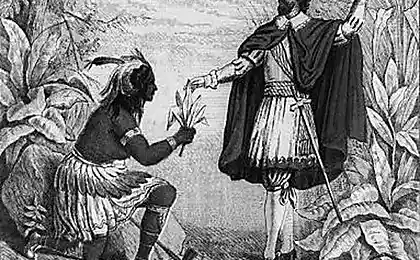845
How to make the best Cuban cigars
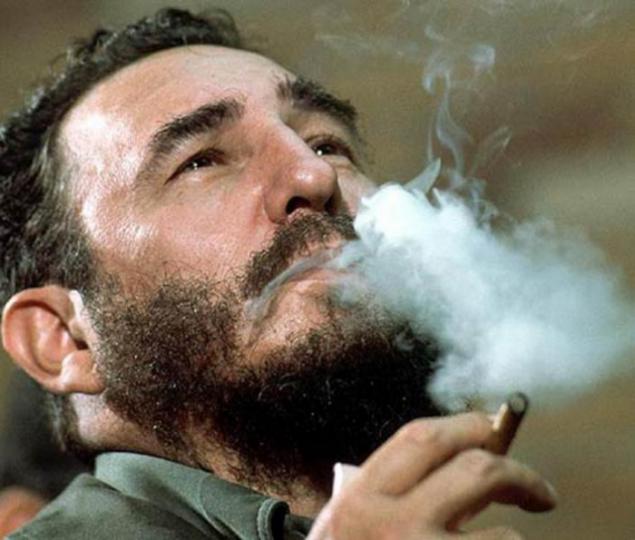
Cohiba cigars before the start of the 1980s could not be bought for any money. Only high-ranking guests of Cuba could get them a gift. The villa, where they do belongs to Fidel Castro's entry - for special permits. What's going on inside?
Cohiba - one of the youngest brands of Cuban cigars, but in a relatively short period of time to purchase its products cult status and become a coveted collection of every self-respecting smoker. Counting history of the brand decided to conduct since 1969. For Cuba, it was a period of transition: the revolution has died down recently, high-profile political slogans are slowly but surely put into practice by Fidel Castro and his loyal minions. Under these conditions, belonging to Fidel Villa El Laguito opens production of luxury cigars. It was headed by Eduardro Riviera, previously worked at another factory - La Corona. Nobody knows what will have brought to Castro, rumors of uncommon skill tobacconist or its surprisingly strong aroma of cigars, but the fact of the presence of the Riviera at a new factory clearly in his favor.
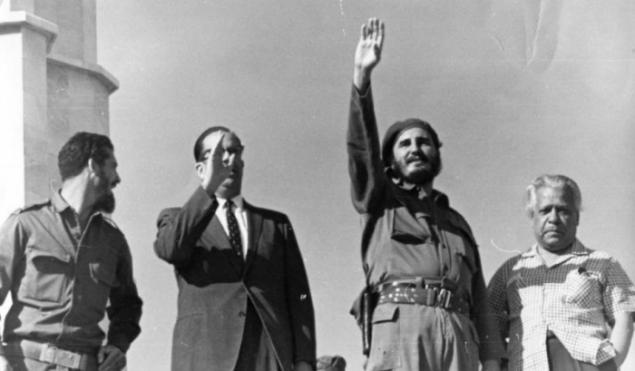

The success of the Cohiba brand is largely predetermined by the use of the highest quality tobacco from the plantations of Pinar del Rio, which, unlike most factory regularly organizes excursions. By the way, if you still really want to personally visit the production of cigars for tourist excursions open factory Tabacalera De Garcia in the Dominican Republic. Note that the process used to manufacture these Cuban cigar tobacco contains no extraneous chemical additives and pesticides. For the Cohiba brand used the most rare and delicate leaves.

Mandatory first stage of cigar production - fermentation. The fermentation process is particularly complex and he is held in several stages. His ultimate goal - to improve the taste of tobacco and to reduce the content of nicotine, tar and various ammonium salts. First collected leaves are dried in a strictly sealed packages. Repeated fermentation in the dried leaves makes specific flavors, tobacco while kept in dark indoors. The final, third stage of fermentation designed to maximize clean used for filling cigar leaves. Observance of all the stages of this complex biochemical process provides each present Cuban cigar resistant unforgettable aroma and excellent quality, worthy of the ambitions declared premium brand.
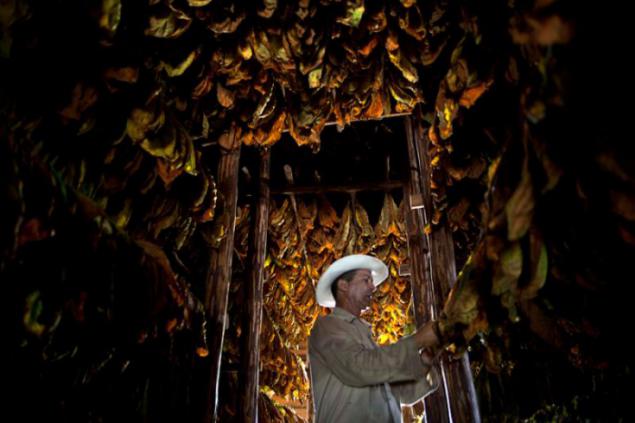
After the tobacco is taken into the light after a long fermentation process, it is sent to at least a long journey through the workshops tobacco factories. Control the movement of tobacco between tobacco companies workshops, each of which performs a range of activities. Such workers called tabaquero, and among them, by the way, a lot of women.
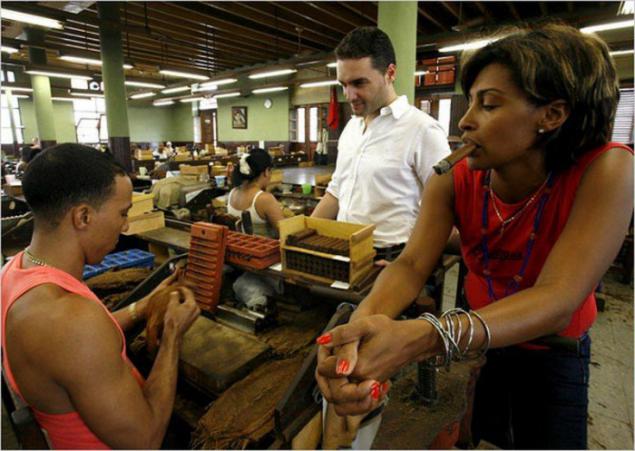
Tobacco cleaned of deformed leaves and insects, it is sorted by color, thickness and quality, get rid of the large leaves, and then send it to the next production line - blend. At this stage, there is a selection of tobacco leaves produced by varietal basis, and then they are mixed. Chief seems to determine the flavor of essential oils and create on their basis of varietal mix. This is perhaps the most important stage of production, therefore they are engaged in it exclusively by professionals. Random people in those positions does not happen - it is easier to qualify at Google, than to get the appropriate job in the Cohiba.
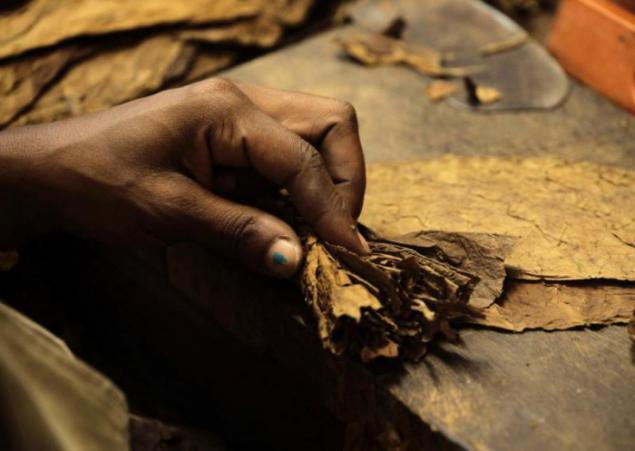
The next stage of production logically follows from all the previous ones: in the case come the tobacco companies responsible for the shape of cigars. In order to give the correct form of the final product, must be proficient chavetoy - a special knife that cut the stem and cut off the edges of each sheet. If the basis of the one-piece cigar tobacco leaf, then there are no obstructions to the air passing through the cigar. Smokers, therefore, is able to fully enjoy the flavor subtle shades.
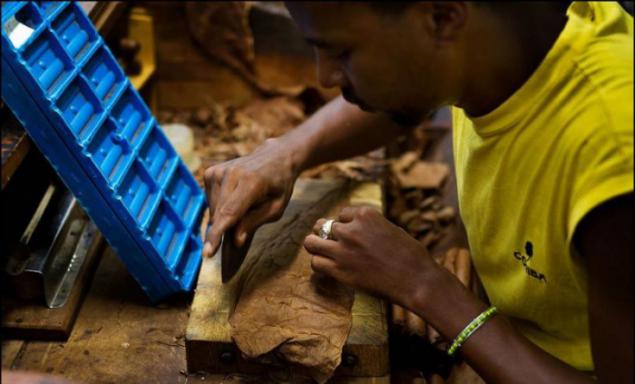
Future flavor given the nature of the filling - the central part of the cigar. The locals call it trip. In its basis - some whole leaf tobacco, the most fragrant and coarse, folded like an accordion. As a rule, the trip consists of three pages, and if the first page is the most fragrant, the other two perform quite a different purpose - to provide a smooth taste and good burning.
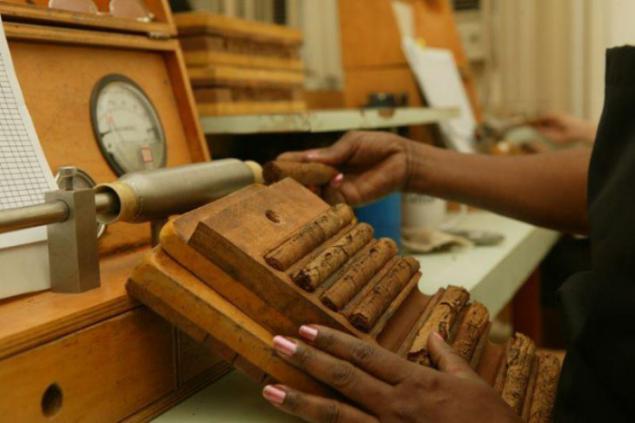
In order to firmly hold the filling in the proper place, and not falling apart, wrapped her bonnet - a solid thin sheet, which is pre-compressed by a given form.
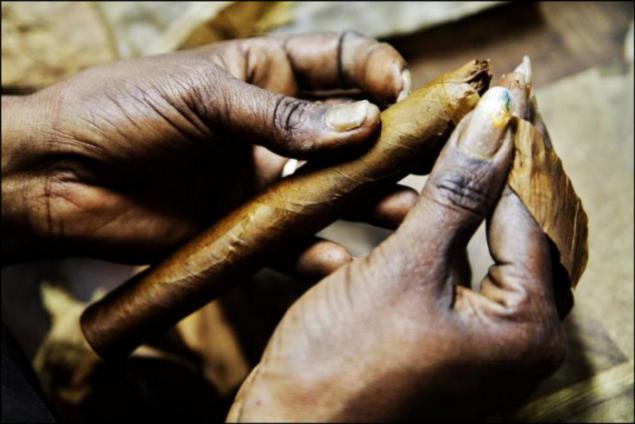
The appearance of the cigar determined Capa - this is the part that is made of the most expensive tobacco sheets impregnated with the best essential oils.
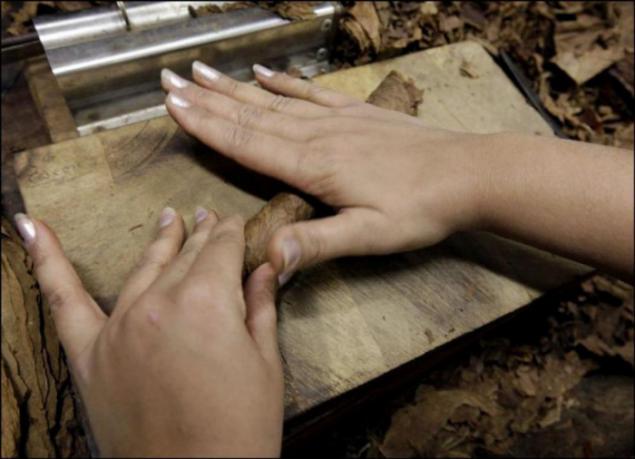
When sorting boxes of cigars should be considered thickness and color. This knowledge is available to only a few - control the production phase only the most experienced Cuban masters of big names.
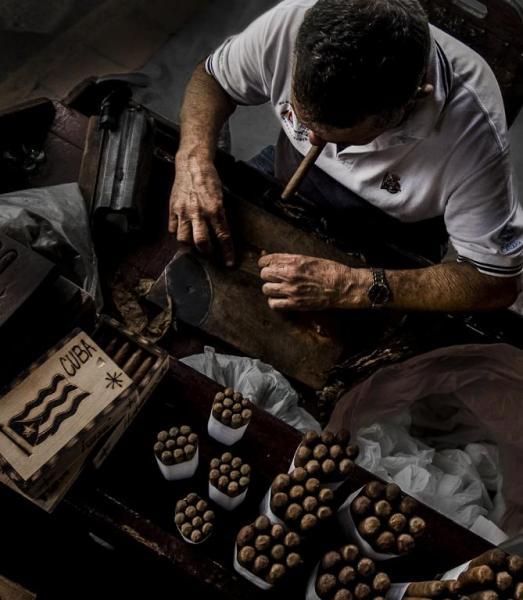
Slowly but surely, we come to the final stage of production of elite Cuban cigars - labeling. Agile hands of factory workers confident maneuvering among boxes full of cigars and paste the necessary documentation tags. It should be noted that about any automation there is no question: all tags are glued by hand, and each of them is on a strict accounting.
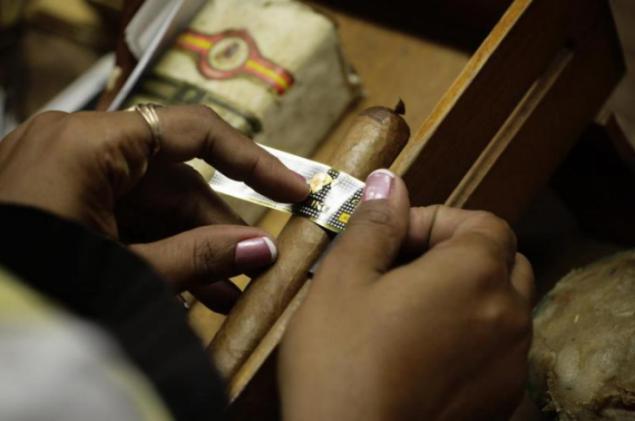
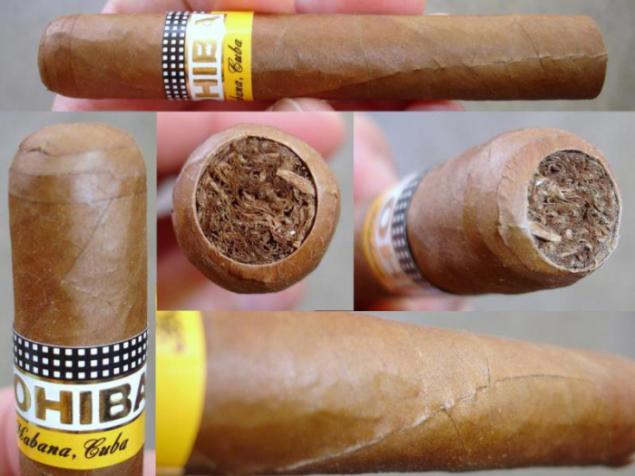
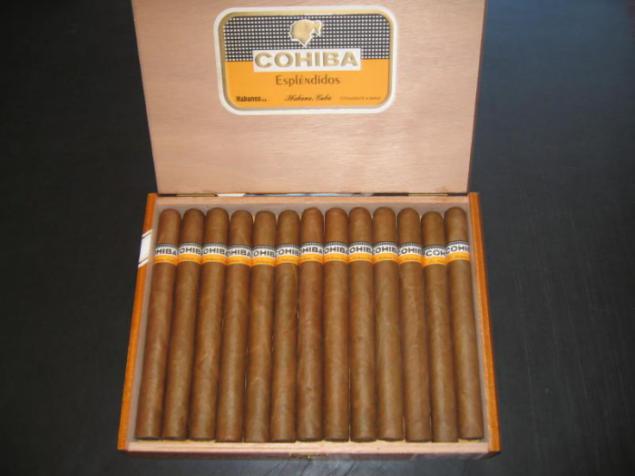
Cigars stored in premises where there are no changes in temperature, because at higher temperature level there is the risk of tobacco beetles. Ideally the cigars should be stored in special boxes made of wood noble breeds - humidors. In such favorable conditions, each cigar is a good chance to celebrate even the tenth anniversary. Unless, of course, it does not smoke it before.
In 2009, the Cohiba factory celebrated its 40th anniversary. On this occasion, the company has released the most expensive cigars in the world - Cohiba Behike. Caution: I noticed that when you look at this miracle of his desire to smoke arises, even those who never dreamed of tobacco.
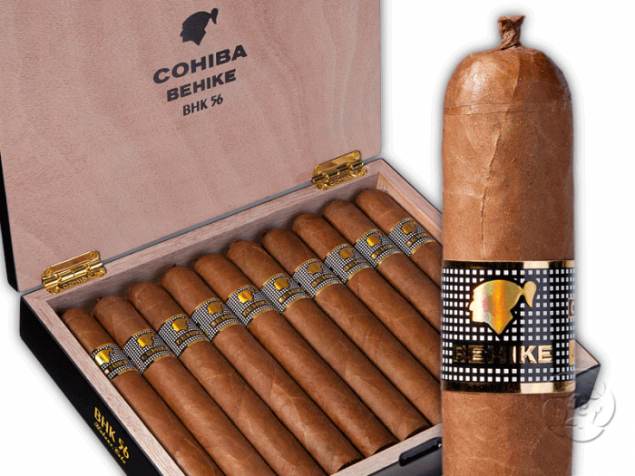
P.S. Once Sigmund Freud in response to the laughter of the students who saw him with a cigar in his mouth during a lecture, he said: "Sometimes a cigar - it is just a cigar." Argue with Freud - it is the same as to take offense at God, but let me say that the process of smoking cigars has long outgrown the status of the habit and took shape in quite a full-fledged cultural phenomenon.

©



